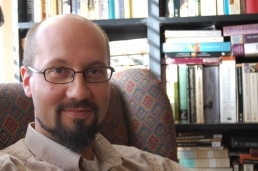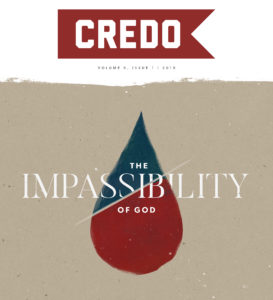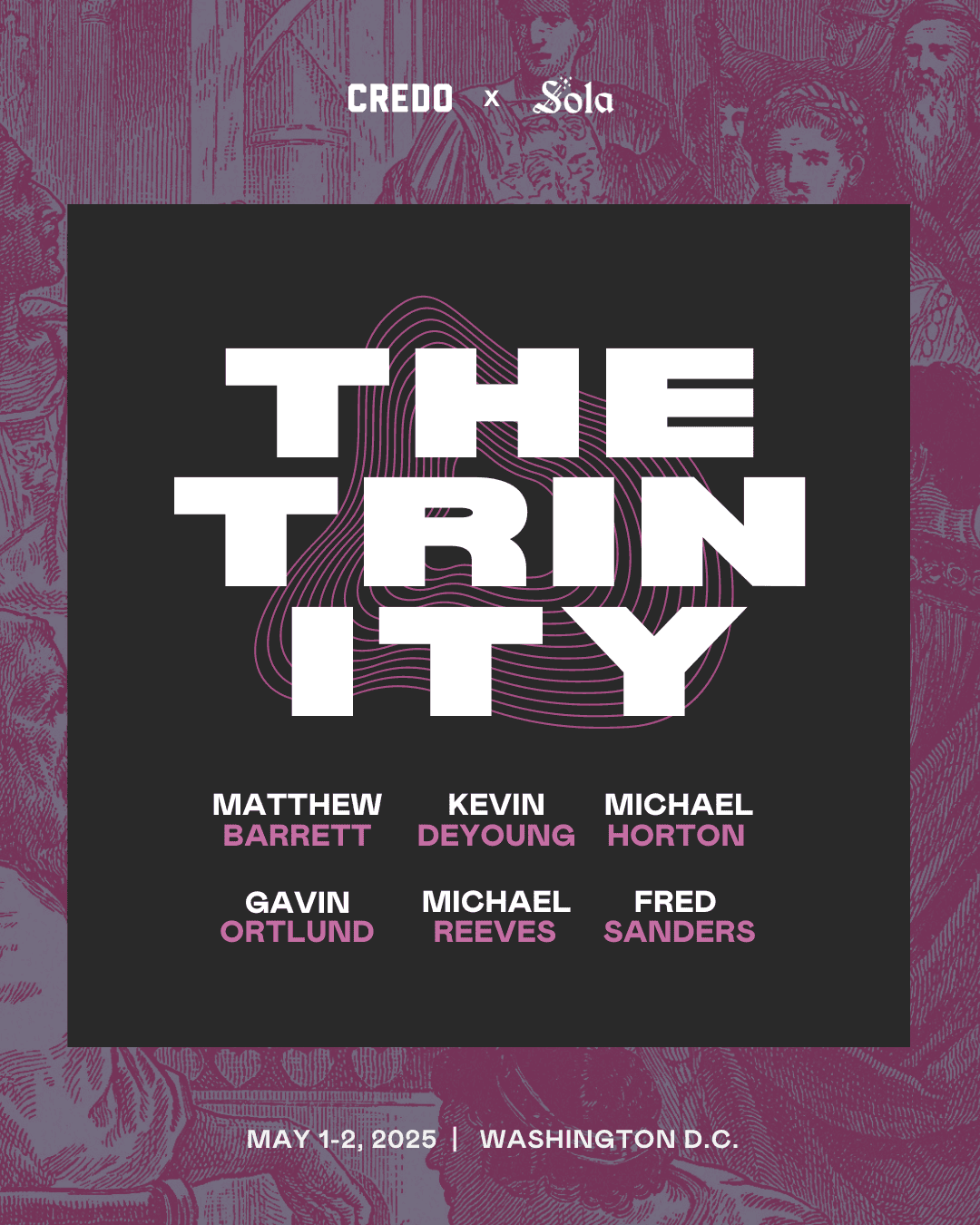Though pejoratives such as  “papist” and “Romanist” have largely become relics of a more polemical age, one still hears occasional complaints even about the more benign and utterly conventional “Roman Catholic” label. Offense is taken most often by those who deem the adjective an unwarranted qualification, even contradiction, of what “Catholic” literally means: universal.
“papist” and “Romanist” have largely become relics of a more polemical age, one still hears occasional complaints even about the more benign and utterly conventional “Roman Catholic” label. Offense is taken most often by those who deem the adjective an unwarranted qualification, even contradiction, of what “Catholic” literally means: universal.
The central thesis of the provocatively—but aptly—titled Roman but Not Catholic: What Remains at Stake 500 Years after the Reformation (Baker Academic) is not only that such a qualification is entirely warranted, but that there is indeed a contradiction. The problem, however, lies with invocations of the term “Catholic” rather than “Roman.” That is, by demanding assent to doctrines never having been accepted by the universal church, “the Church of Rome is not sufficiently catholic”; it is, as C.S. Lewis once remarked, “as much a provincial or local variation from the central, ancient tradition as any particular Protestant sect is” (83). As the nod to Lewis suggests, Collins and Walls are here reiterating and explicating a longstanding critique of Roman Catholic self-understanding—an understanding, as they regularly point out—that raises serious barriers to Christian unity and therefore real catholicity.
Roman Catholic Ecclesiology
Though space prevents addressing the many topics covered here, something of the fundamental points noted above can be gleaned by focusing especially on the two chapters devoted to Roman Catholic ecclesiology, not least because the authors understand how it “continually bleeds into everything” (186), and how “in the end, ecclesiology trumps everything” (354). Quoting official documents even of the late twentieth century, when, to all appearances, the Vatican had become more ecumenical, they highlight Rome’s insistence that the Church (simpliciter) “subsists in the Catholic Church,” that any proper Christian unity therefore “dwells in the Catholic Church,” and that such unity is constituted by three factors: “the profession of faith, the sacraments and hierarchical communion.”
Problematic for this understanding is that the “profession of faith” required by the contemporary Church of Rome is quite obviously not the profession deemed sufficient by the church of antiquity. The church of the first four centuries, to cite only one example, not only neglected to mandate the profession of Mary’s bodily assumption (the doubt of which, it is now formally claimed, constitutes “completely” falling away from the faith); it failed even to mention it.
Similarly, the “hierarchical communion” deemed necessary to the church’s unity—including not only the distinction between presbyters and bishops, but that hierarchy’s pinnacle in a particular bishop given primacy by divine right and exercising infallible authority—is similarly absent in the earliest church. The papacy’s divine-right primacy and infallibility have, of course, never been universally accepted, and so remain as contested by Eastern Orthodox as by Protestants. But even the distinction between presbyters and bishops lacks evidence through the first century. Collins and Walls rightly acknowledge the clear beginning of such a distinction with Ignatius of Antioch; here, however, they might have pressed even a bit harder since Ignatius grounds his claim for unique episcopal prerogatives not in Scripture or even in an ostensibly unwritten apostolic tradition, but in an ambiguous (and at least questionable) personal revelation of the Holy Spirit (see his Letter to the Philadelphians, 7).
Rome’s imposition of novelties—rather than merely upholding the “catholic” faith defined by Vincent of Lerins already in the fifth century as that “believed everywhere, always, and by all”—is of course a common Protestant (and Orthodox) accusation. Collins and Walls regularly pause, however, to remind readers that even Roman Catholic scholars will now regularly acknowledge that certain of their communion’s teachings have “no precedent at all” in early tradition (29).
Such concessions are typically believed not to be fatal, however, because a lifeline is provided by appeals to doctrinal “development,” especially as theorized by John Henry Newman. But Collins and Walls find Newman’s “arguments deeply confused and his conclusions badly overstated” (xxii), and rightly so. His nineteenth-century theory arose for the same reasons as, and as a complement to, the “two source” theory of revelation that grew up in the medieval period. As Heiko Oberman famously argued, the medieval insistence that God’s word was entrusted to the church in two forms—Scripture and unwritten tradition—was necessitated by the recognition that some teachings of the church “could not be found explicitly or implicitly in Holy Scripture.”
As Oberman also noted, however, this was no panacea. Interpretations of tradition could prove just as diverse and contentious as interpretations of Scripture; therefore a living magisterium had to be allowed final, and infallible, interpretive authority over both. In this light, Collins and Walls note, “the question of Scripture and tradition for Rome may in the end turn out to be not a question of revelation per se but a question of ecclesiology” (45). Indeed, consider their quotation of the Tridentine Catechism, which declares that Catholics are to “hold that as fixed whatsoever the authority of our Holy Mother the Church teaches us to have been revealed by God” (403). Such a declaration only substantiates their suspicion that “in the end, ecclesiology trumps everything.” “The Church of Rome is not sufficiently catholic”; it is, as C.S. Lewis once remarked, “as much a provincial or local variation from the central, ancient tradition as any particular Protestant sect is.” Share on X
Noted Missteps
In a work of this scope, some missteps are almost inevitable, and a few, mostly clustered in their treatment of the Marian dogmas, deserve specific mention. Some of their conclusions regarding Newman’s Mariology are highly questionable (320). Similarly, despite attempts to qualify and clarify their statements, it remains entirely unhelpful to suggest that Mary, if sinless, lacked “true humanity” (305) and was “not a genuine human being” (306). Finally, despite correctly noting that some Roman apologists explain Mary’s immaculate conception as “necessary” (i.e., to preserve Jesus from inheriting her sinfulness), the authors fail to note that the dogma’s formal definition avoids talk of necessity. Instead, Mary’s preservation from sin is simply described as “fitting.” Neglect of this point is unfortunate not only because it allows charges of misunderstanding Roman Catholic doctrine, but also because it prevents the authors from raising important questions about the logic of concluding (as was common from the twelfth-century forward, especially with respect to Mary’s preservation from sin) that “God was able to do it, it was fitting that He do it, and so He did it.” By a similar logic, for example, if popes are God’s own “vicars” on earth, it would seem fitting that he preserve them from sin. As Collins’ and Walls’ chapters surveying the historical misdeeds of the Roman pontiffs amply attest, however, he clearly has not done so.
One further, less substantial criticism. Many of the footnotes refer to Kindle locations in sources cited. While more helpful than no citation at all, this does prevent readers from quickly (and economically) checking citations by page number in, for example, a local library.
Nonetheless, for those personally engaged with Roman Catholics on the doctrines that still divide, Roman but Not Catholic is very much recommended as the most accessible and comprehensive introduction to “what remains at stake 500 years after the Reformation.”


